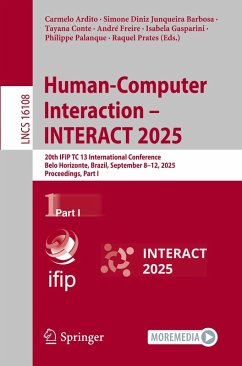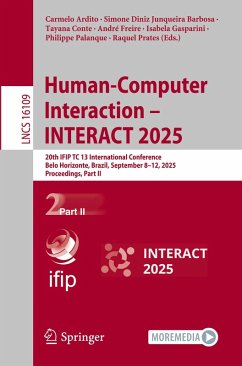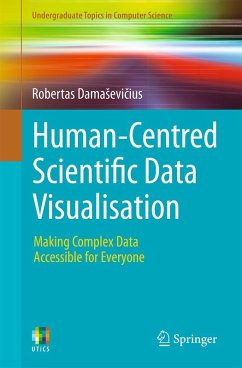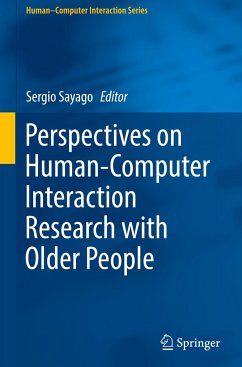
Radar-Based Human-Computer Interaction
Versandkostenfrei!
Versandfertig in 6-10 Tagen
129,99 €
inkl. MwSt.

PAYBACK Punkte
65 °P sammeln!
Radars, historically used in fields such as surveillance, aviation, and ground imaging, can provide new application opportunities in interactive computer systems. Their specific signal representations obscure human identity, making them well-suited for integration into privacy-oriented applications in our everyday lives.This book explores how radar enables robust, non-contact sensing for the detection of human presence, implementation of gesture-based interaction, and recognition of user intent without the need of physical contact. With scientific and technical contributions from experts in ra...
Radars, historically used in fields such as surveillance, aviation, and ground imaging, can provide new application opportunities in interactive computer systems. Their specific signal representations obscure human identity, making them well-suited for integration into privacy-oriented applications in our everyday lives.
This book explores how radar enables robust, non-contact sensing for the detection of human presence, implementation of gesture-based interaction, and recognition of user intent without the need of physical contact. With scientific and technical contributions from experts in radar engineering, signal processing, human-computer interaction, computational modelling, and machine learning, the book presents signal processing techniques and tools, surveys publicly available datasets, and highlights novel applications integrating radar sensing.
Radar-Based Human Computer Interaction grounds this emerging interdisciplinary field, addressing researchers and practitioners interested in building the next generation of robust, adaptive, and privacy-preserving user interfaces through radar integration.
This book explores how radar enables robust, non-contact sensing for the detection of human presence, implementation of gesture-based interaction, and recognition of user intent without the need of physical contact. With scientific and technical contributions from experts in radar engineering, signal processing, human-computer interaction, computational modelling, and machine learning, the book presents signal processing techniques and tools, surveys publicly available datasets, and highlights novel applications integrating radar sensing.
Radar-Based Human Computer Interaction grounds this emerging interdisciplinary field, addressing researchers and practitioners interested in building the next generation of robust, adaptive, and privacy-preserving user interfaces through radar integration.












